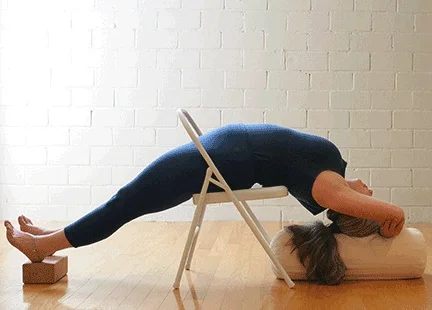Yoga, Alignment and Movement
/Diminished spatial perception creates compression in the body. That diminution of interior body space is a major cause of poor postural organization and limited range of motion. Changing how you stand or move is not the answer. Changing how you perceive and interact with the world is.
Read More













